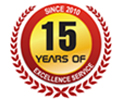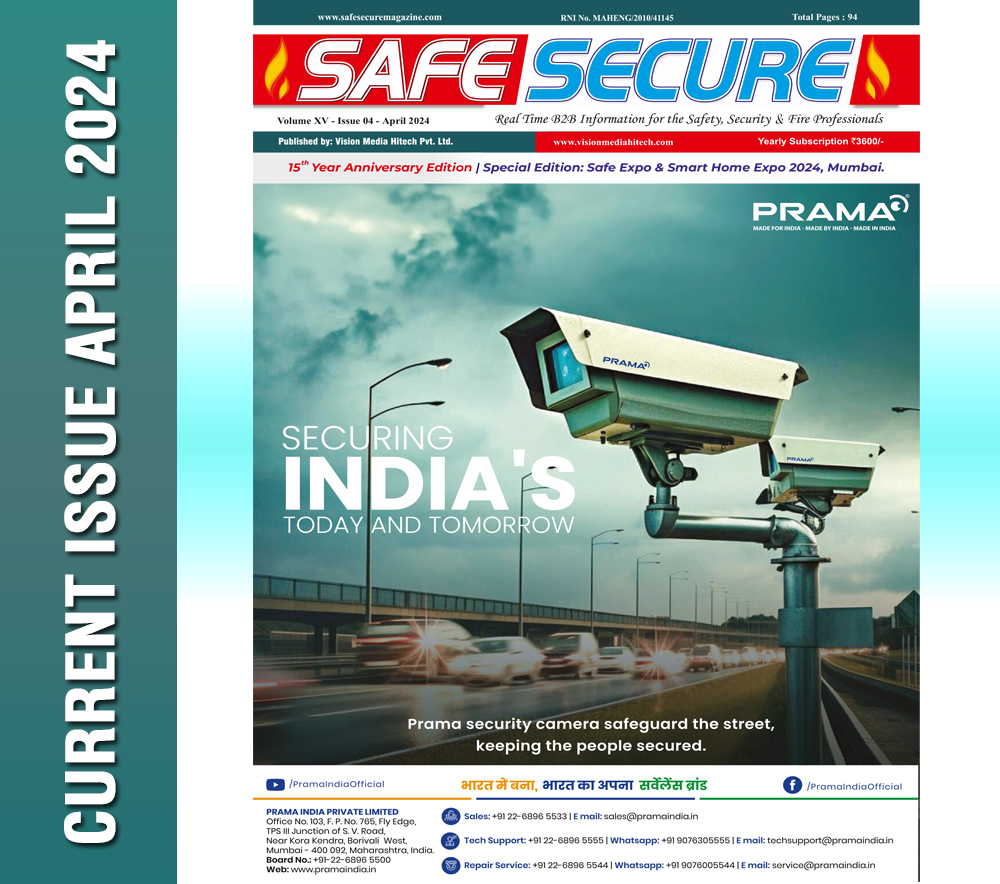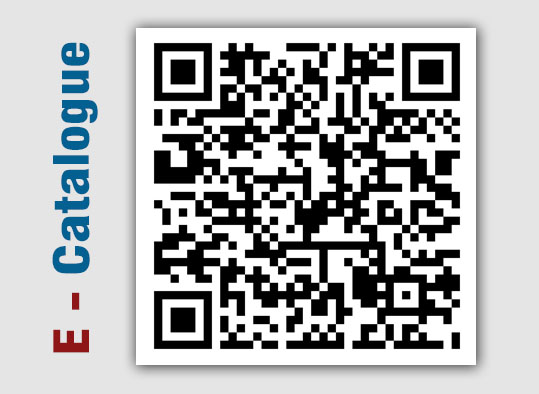Detnov - Integrated, graphic and service management in fire detection and alarm systems.

We are
experiencing a moment of profound change, despite the apparent stagnation in
the development of standards, namely the use of information technology in or
around fire detection and alarm systems.
The most
innovative proposals, such as incorporating AI (Artificial Intelligence)
associated with a distributed sensor system and the analysis of synthetic data,
will in all likelihood open up a wide range of possibilities, but such
scenarios, albeit still under consideration, are some way off being a practical
solution.
In detection and
alarm systems, proposals are more focused on including that intelligence in the
processing cores of control panels, developing intuitive interfaces, including
smart contextual aids for users, maintainers and installers, the option of
devising more complex manoeuvres with special modes and plans, or the capacity
of integration in service platforms, BMS or graphic software.
Remote service
management platforms integrated in fire detection and alarm systems are
currently receiving a lot of attention and are seeing a huge boost.
When investing in protection, it is important to remember that the system should pay for itself over at least 10 to 20 years, and regardless of the initial investment level, the model of use of the system should be taken into account. Intervention services may not be found in the same building or, more likely, specialist staff may not be at the protected site. Skilled resource management will be critical.
For instance, incorporating an external interface via standard ModBus protocols has proven to be a practical way for non-expert staff to view and manage events in the detection and alarm system. This type of integration will undoubtedly provide a solution for emergency management or even maintenance. However, it is reserved for complex projects and facilities where the investment can be justified. Most other facilities will not have monitoring from a BMS or graphic software, nor will they have staff trained to manage the fire detection and alarm system. It is therefore necessary to ensure that these types of facilities have affordable solutions that allow qualified monitoring for emergency management or to ensure continuity of service.
Detnov is committed to improving information at the point of use, right where the customer or maintainer needs it, under the concept of integrated graphic management or integrated service management. Part of this concept is already found in the VESTA control panel, which includes map management to enable quick identification of the affected area and which can be associated with quick button functions. The concept of integrated graphic management allows the event to be identified intuitively and managed by less qualified staff, without the need for major investment.
Having a cloud service platform such as Detnov Cloud will make maintenance tasks easier, let you stand out from the competition and ensure a professional and transparent service (full information about this application can be found at www.detnovcloud.com). In some cases, it can also be integrated into other cloud service platforms for the management of human or material resources.
What if you could read the status of the detection and alarm system? Or download the log? Or the configuration? And update it? And all this in real time? These tools give the person responsible for start-up or the maintenance company the flexibility and ability to troubleshoot and resolve problems with expert staff, without having to delay interventions due to distance or lack of personnel. Detnov's addressable systems, under local authorisation, can allow two-way remote access for service purposes.
It should be noted that any two-way access may require a preliminary agreement that defines processes and responsibilities, and should include a risk assessment of all remote actions.
Connecting facilities without permanent supervision to a fire alarm receiving centre is also recommended. This transmission will require the connection of an EN54-21 approved transmitter. In such cases, implementing multichannel devices and considering the most suitable types of coverage and channel according to the territory and location of the system will be required to manage the emergency.
For More Information:
www.detnov.com
(This "CFO Talks" Published in April 2022 Edition)












